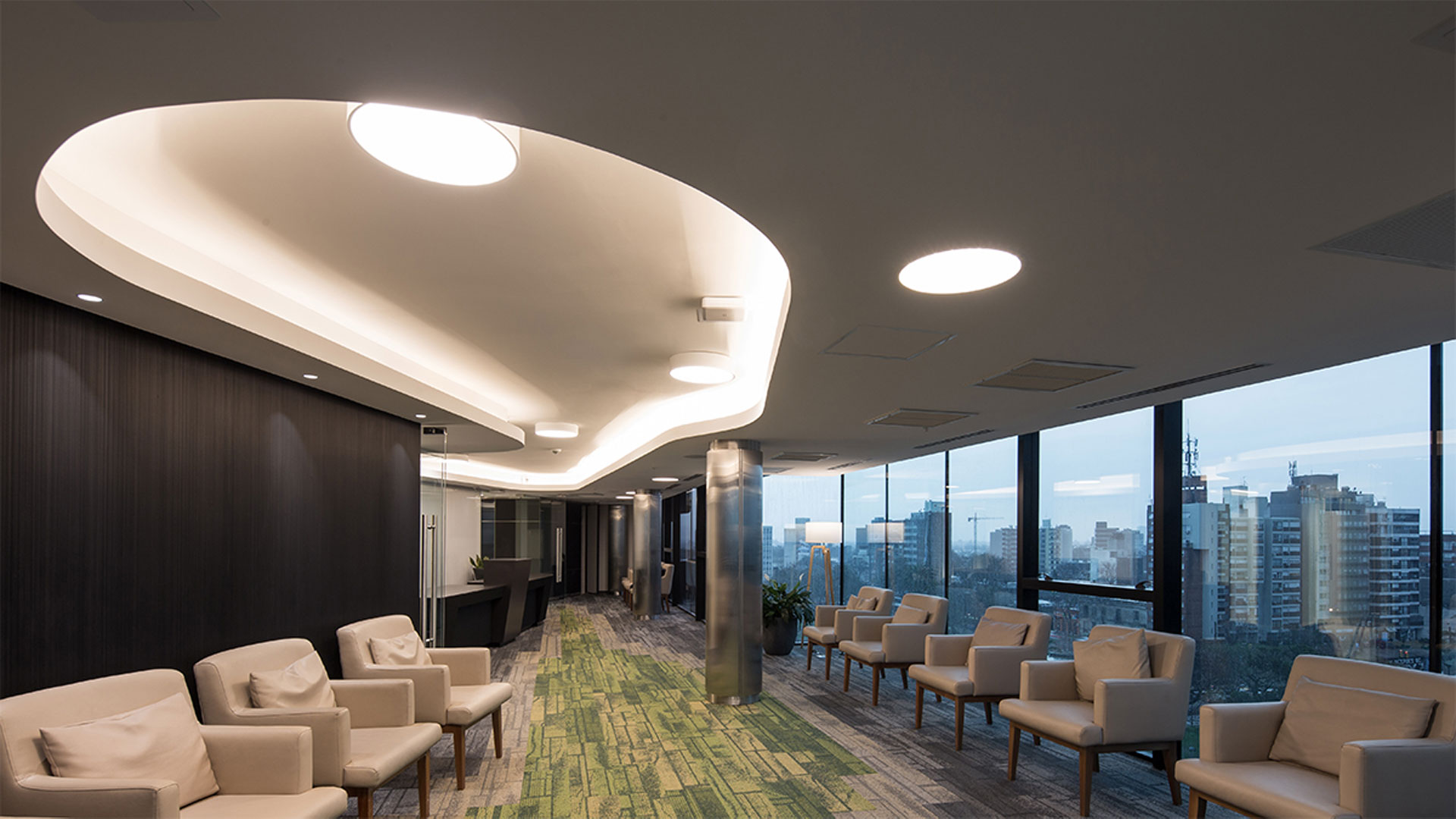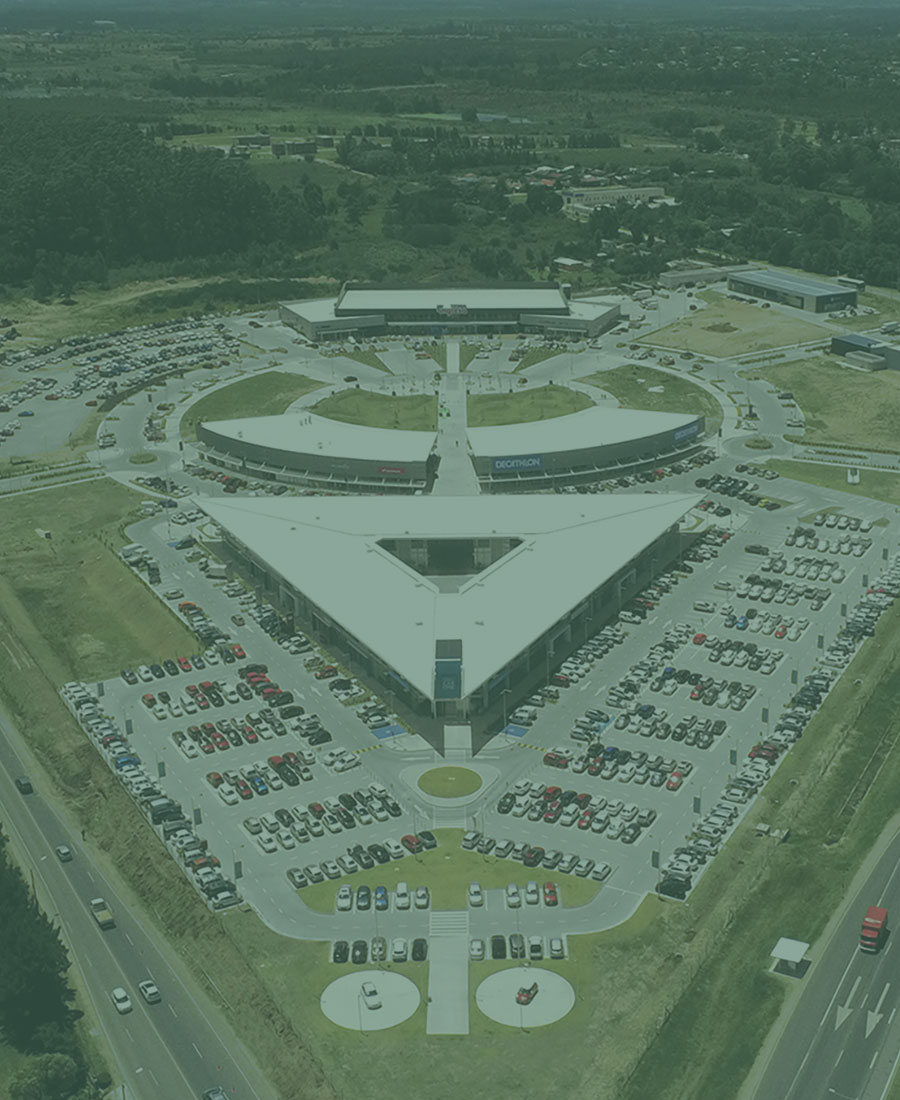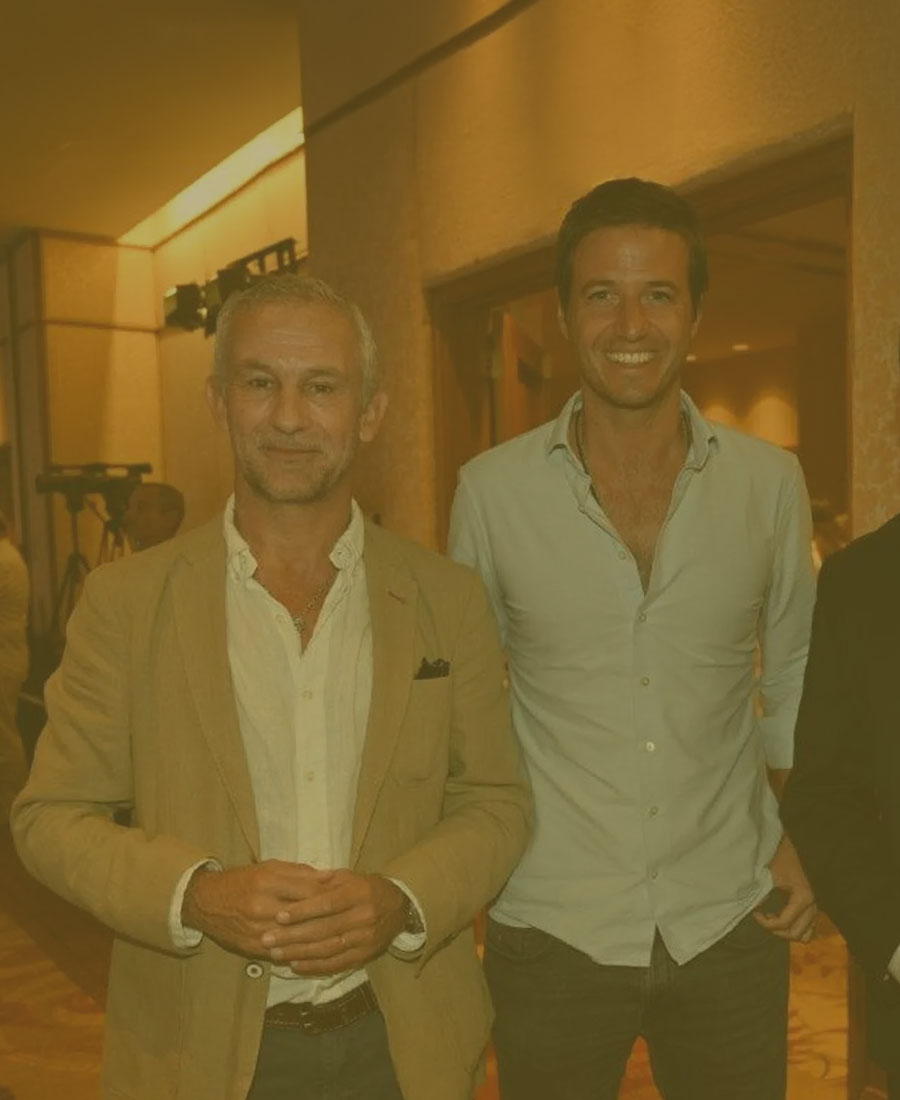Marcelo Danza at Revista Construir

Reading time: 10 minutes
Marcelo Danza, Dean of the Faculty of Architecture, Design, and Urban Planning at the University of the Republic, Uruguay, and our strategic partner for hospital projects in Latin America, recently discussed with Construir Magazine the adaptation of hospital spaces in the post-pandemic era, the flexibility required for new buildings, and his insights on the current and future state of hospitals in Latin America.
Construir Magazine stands as a premier publication in construction, architecture, and engineering across Central America and the Caribbean, with over 15 years of regional expertise.
At Gómez Platero Architecture & Urbanism, we are pleased to share highlights from the interview.
How has the pandemic influenced hospital design?
Hospitals, without a doubt, played a pivotal role during the pandemic. As sites of high vulnerability and transmission, they had to quickly adapt to meet a dual challenge: providing care to a large number of severe patients simultaneously and isolating them to prevent the spread of the virus within the facility.
The pandemic underscored the necessity for hospitals to have spacious areas that facilitate distancing between patients and staff to minimize infections. This requirement significantly impacted the design of existing buildings, which were previously optimized for space utilization, and led to the generation of crucial information and data for future hospital designs.
What are the upcoming trends in construction?
The evolution of medical technology and its functional demands significantly influence the design of hospital buildings. Consequently, architectural trends in their construction are closely linked to these technological advancements. For instance:
- The demand for construction materials has shifted towards designing and implementing flexible and highly adaptable systems that can be rapidly constructed.
- Developments in aseptic, washable, and resistant materials against viruses and bacteria are shaping the construction of spaces.
- Advances in nuclear medicine and in diagnostic and surgical areas are turning hospitals into centers of high technology.
- Innovations in remote communication have enabled effective monitoring of hospitalized patients from their homes.
- Medical care is evolving, with many follow-ups that used to take place in hospitals now being possible at home.
From an aesthetic perspective, hospitals are aiming to become more welcoming and high-quality in their design, striving to offer patients a high-tech hotel experience rather than a reminder of their health issues. This approach is crucial for the psychological well-being of patients, treating them as whole individuals.

What role does climate control play in these facilities?
Climate control has revolutionized architecture over the past decades, especially in hospitals.
Hospital buildings require special attention not only to temperature but also to air purity, creating artificial conditions that mitigate exposure to natural elements for optimal care.
The COVID-19 pandemic has clearly highlighted the importance of managing proximity to prevent exposure to viruses and bacteria, emphasizing the role of climate control.
How can hospitals with limited budgets adapt to new standards?
In Latin America, it's common for there to be insufficient funds to construct new hospitals from scratch. Often, we must strategically adapt existing infrastructures that remain operational during their update and renovation, akin to performing surgery on a human body.
With limited resources, our focus is on how to invest wisely to achieve the necessary outcomes and ensure efficient use.
The strategy for intervening and updating a hospital is as crucial as the high-quality design that is becoming increasingly essential in hospital buildings.
What technologies are employed in these projects?
Drawing on the human body analogy, time is of the essence. Just as a patient cannot be left in surgery indefinitely, the same principle applies to these buildings.
To adhere to strict timelines, technologies such as dry construction, including metal structures or other lightweight frameworks, are essential in our approach.
In conclusion, any final thoughts?
Hospital buildings are characterized by their need for constant updates to swiftly adapt and integrate the latest medical technologies as they evolve and become established.
Architecturally, these facilities must prioritize efficiency, adaptability, and, most importantly, center their design and operation around the human experience.


